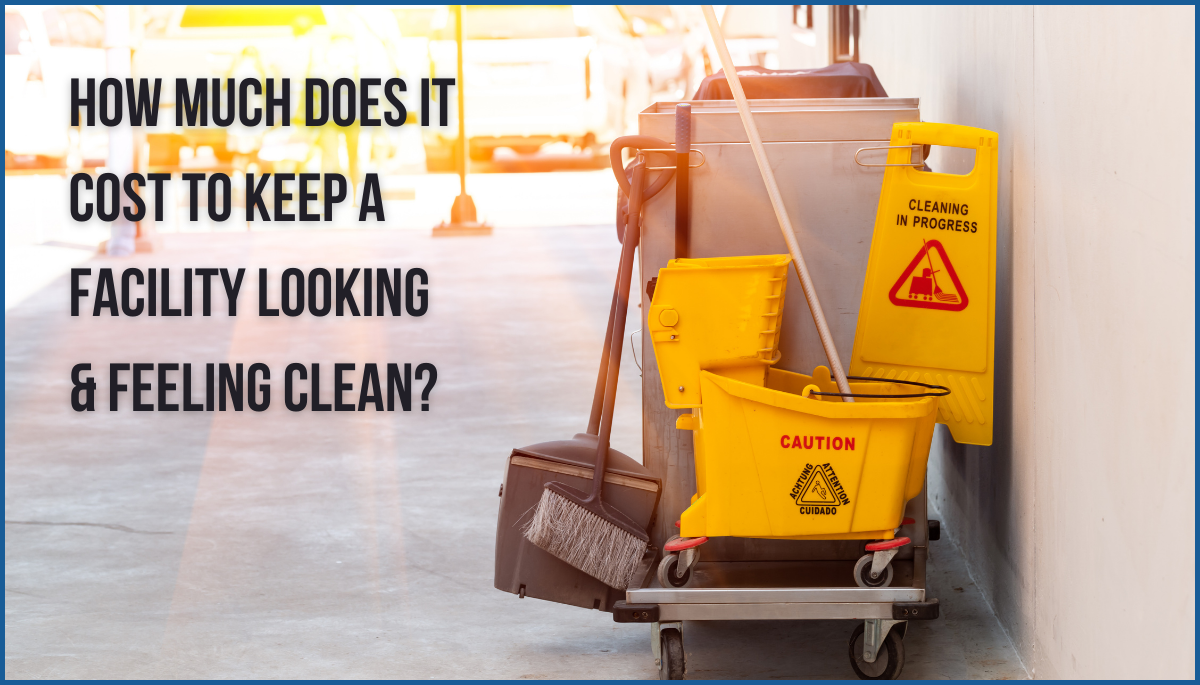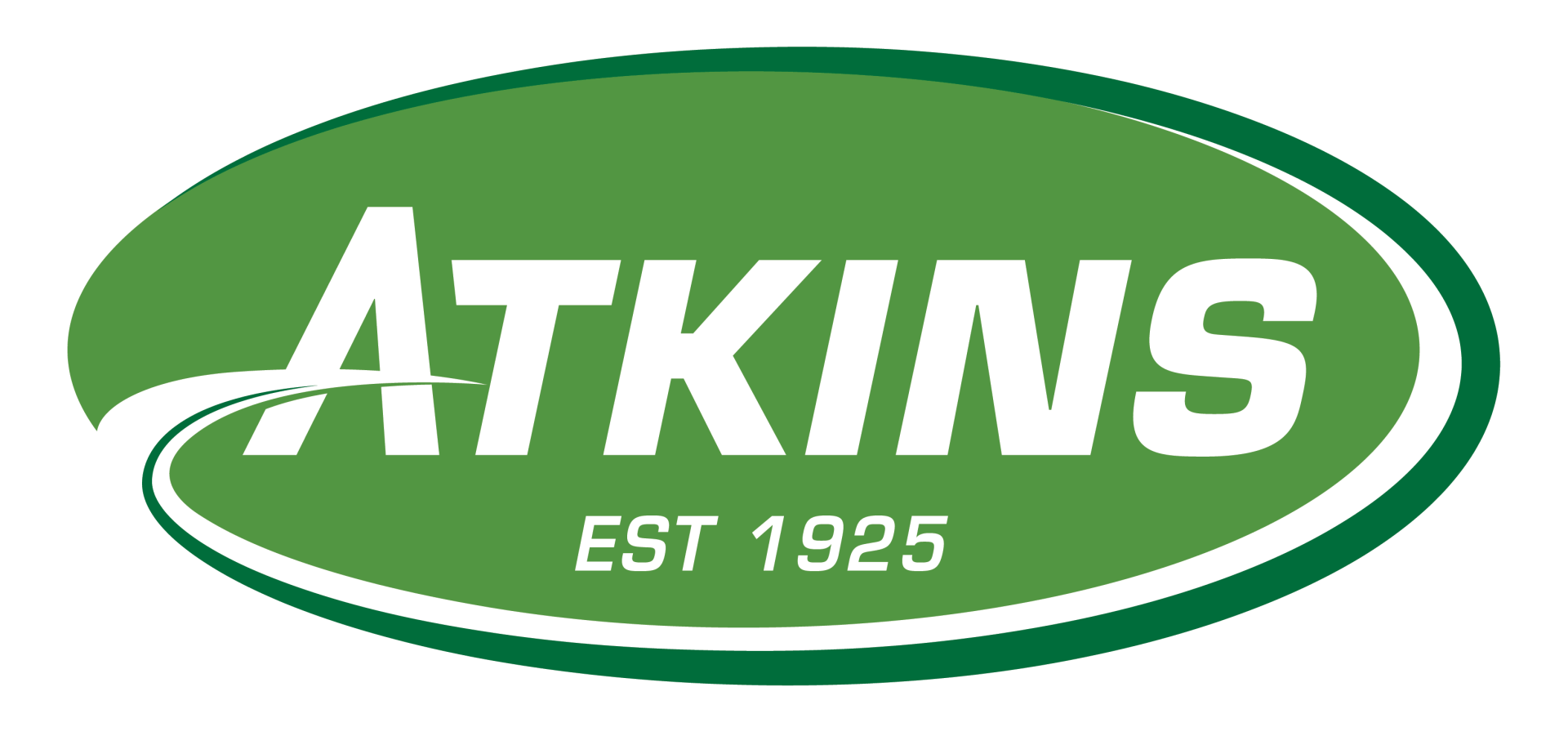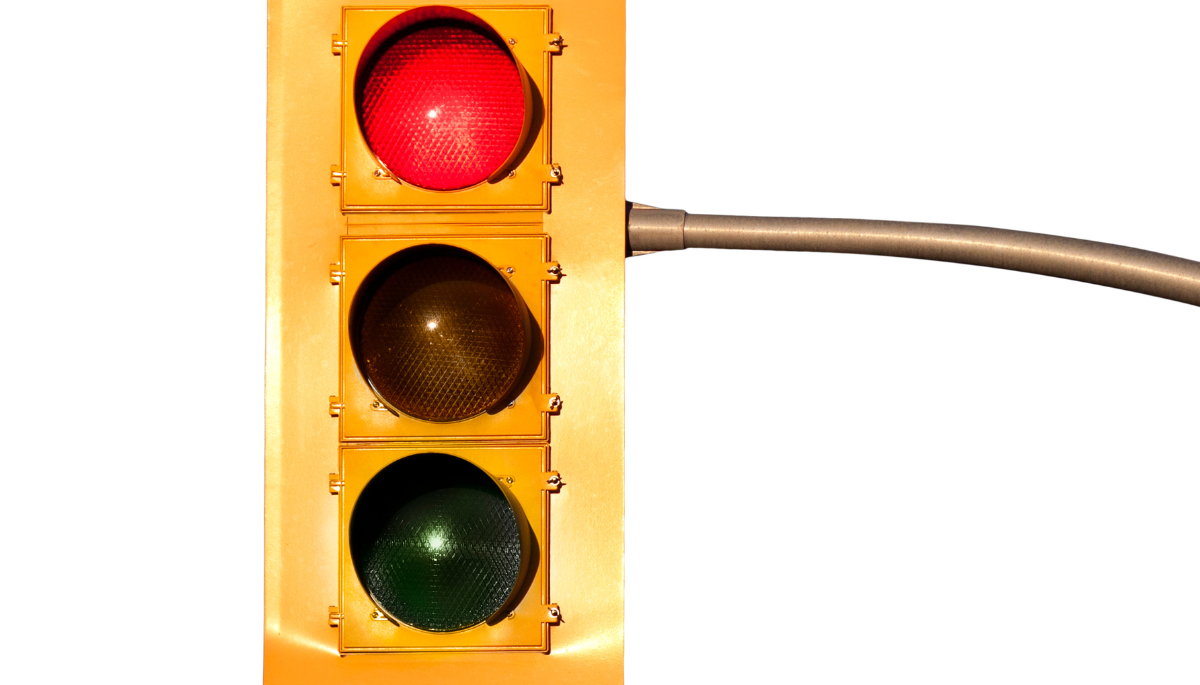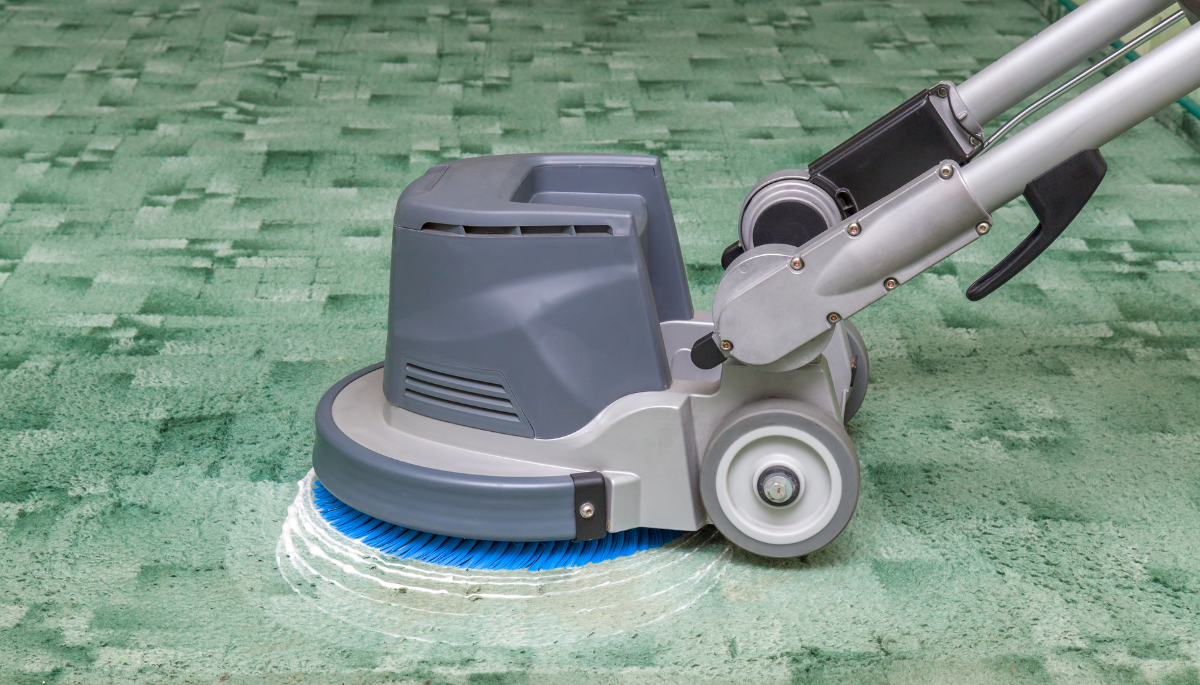How to Estimate the Cost of Cleaning Your Facility
How much does it cost to keep a building clean and well-maintained?
This question comes up time and time again when we present janitorial service proposals. Clients are often eager to skip ahead and see the pricing details. For facility managers, understanding what drives those costs is essential. By identifying the key factors that influence cleaning expenses, you can make an informed decision when selecting a service provider. Below are the main considerations that affect the cost of cleaning:
- The number of people using the building
- The type of business
- The building’s design and features
- The scope and frequency of services
- Cleanliness standards
It’s important to start with the basics: labor is the single biggest expense in any cleaning program. The number of labor hours needed to clean your facility is directly influenced by each of these factors.

1. Number of People Using the Building
The number of people in your facility has the largest impact on cleaning costs. More people create more messes, such as trash, dirt, and restroom supply usage. Whether it’s employees, visitors, patients, or students, higher foot traffic means more cleaning is required. For example, a 30,000 sq. ft. office with 400 employees working in multiple shifts will require more frequent cleaning than a 300,000 sq. ft. warehouse with only 60 workers. The more people in your space, the greater the demand for janitorial services.
2. The Nature of Your Business
The type of work being done in your building is another major factor. Some industries generate more cleaning challenges than others. For instance, manufacturing facilities often produce large amounts of dust, grime, and debris that require specialized cleaning techniques. Schools, medical offices, and public venues typically need additional disinfection of surfaces to meet hygiene standards. Your business activities will dictate the level of cleaning effort needed.
3. Building Design and Features
The layout and characteristics of your building also impact cleaning requirements. Factors such as the total cleanable area, the number of restrooms, types of flooring, building density, and the age of the facility all play a role. For example, an older building with hard floors and tightly packed offices will take longer to clean than a modern facility with open spaces and carpeted floors. These variables determine the equipment, supplies, and time required to do the job properly.
4. Scope and Frequency of Services
Most janitorial contracts cover basic services like trash removal, surface cleaning, floor care (mopping and vacuuming), and restroom maintenance. However, the frequency of these services can vary depending on your needs. For instance, healthcare facilities often require daily floor mopping to maintain high hygiene standards, while an office may only need this done a few times per week. The more frequent the services, the higher the labor costs.
5. Cleanliness Expectations
Cleanliness is subjective, and different clients have different standards. What one facility manager considers spotless might not meet another’s expectations. These differences can significantly impact the time and effort required for cleaning. It’s crucial to align your expectations with your cleaning team. For example, if you require your facility to be dust-free, including hard-to-reach areas like door frames and vents, additional labor hours will be necessary to meet those expectations. Clearly defining what "clean" means for your facility can help ensure your janitorial provider delivers the desired results.
What Will Cleaning Your Facility Cost?
The final cost of cleaning your building depends on multiple factors. Labor makes up the bulk of the expense, and the amount of labor required will vary based on the number of people using the space, the type of business, the building’s layout, the frequency of services, and the cleanliness standards you set.
If you’re ready to discuss your facility’s cleaning needs and would like a tailored estimate, don’t hesitate to reach out. We’re happy to provide a customized plan to keep your building clean and welcoming!






